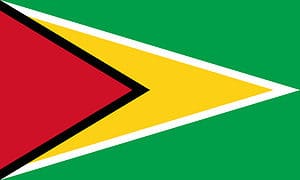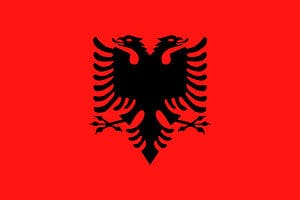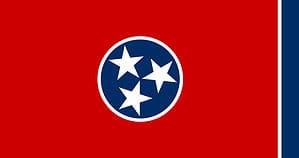Kazakhstan, also known as the Republic of Kazakhstan, is a country bigger than Western Europe, stretching over a vast expanse of northern and central Eurasia to the west of the Ural River. The name “Kazakh,” is a Turkic word that means “independent, a free spirit,” and it depicts the natives’ nomadic horseback culture.
Kazakhstan shares borders with the People’s Republic of China, Russia, and other Central Asian countries such as Uzbekistan, Turkmenistan, and Kyrgyzstan. It also has a coastline on the Caspian Sea. This country is blessed with a region of 2.7 million km² (1.04 million square miles), making it the ninth largest country in the world based on size. Kazakhstan is also the biggest landlocked country worldwide.
There are other interesting facts about this Eurasian Steppe country, including its flag and features. Discover the history, meaning, and symbolism of Kazakhstan’s flag below.
Founding of Kazakhstan
Kazakhstan was initially inhabited by nomads as far back as the Stone Age. These people practiced pastoralism as the area had the best terrain and climate for such activity. In fact, it is generally believed that horse domestication began in Kazakhastan.
In the early 13th century, a Mongolian invasion led to the region coming under the Mongol Empire. By the 15th century, there was a split of the ruling structure into different large groups, which were called khanates. Afterward, other tribes living in the region came together to form the Kazakhs, and in the 16th century, these people developed a common culture, economy, and language. In the 17th century, after growing to become a strong force, the Kazakhs could drive out the Western Mongol tribes. These groups of people also went to subdue other invading troops in the following years.
Unfortunately, the taste of victory didn’t last as the Russian Empire began to grow in Central Asia in the 19th century. They ruled several parts of the area, including a large portion of Kazakhstan which this empire colonized. After colonization, hundreds of thousands of Russians, as well as Germans, Jews, and Slavs, moved into the country to take up residence. This led to a clash between the Russians and the Kazakhs, with the Russians coming out on top. Afterward, about 300,000 Kazakhs fled the country.
Following this incident, there was a famine in 1922, which made things worse for the Kazakhs and ended up killing one million natives. Due to starvation and emigration, the Kazakh population recorded a 22% reduction by 1939. Added to this was the fact that the Russians had killed several renowned poets, writers, historians, and thinkers in the country in a bid to eradicate Kazakh identity and culture. Furthermore, they made the region into the Kazakh Soviet Socialist Republic.
After several years, Kazakhstan gained independence from Russia on the 16th of December, 1991, and declared itself a sovereign member of the Union of Socialist Republics.
History of the Flag of Kazakhstan
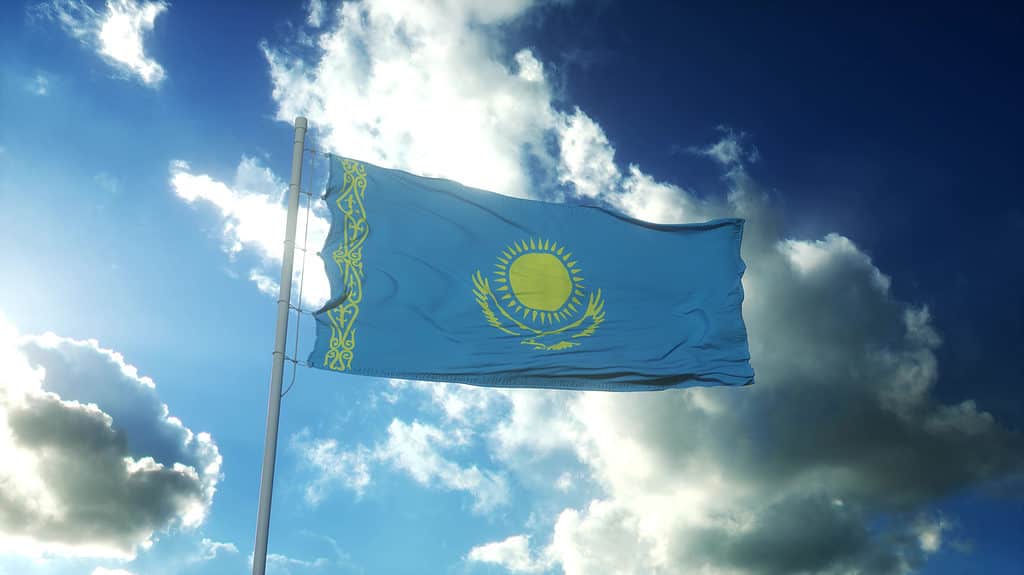
The flag of Kazakhstan was officially adopted in 1992.
©iStock.com/Дмитрий Ларичев
The first flag attributed to Kazakhstan had a blue field and three stars to the left, with an emblem at the center. The Kazakhs, however, revolted in 1822 in response to the influx of Russian immigrants, which eventually led to the Soviet Union annexing the country. Under this new rule, the Kazakh state used the Russian Empire’s white-blue-red tricolor flag.
In 1917, the White Army took over the region and established the Alash Autonomy. As a result, Kazakhstan had to replace its flag with a red field with a five-pointed star facing the right and a crescent. Afterward, in 1936, the Soviet forces changed Kazakh’s name to The Kazakh Soviet Socialist Republic and used a new red flag with a lower blue horizontal line and a sickle, gold hammer, and five-pointed star. This was the country’s flag until it gained independence in 1991 and replaced its flag with the current one, which Shaken Niyazbekov designed.
The Symbolism and Meaning of the Flag of Kazakhstan
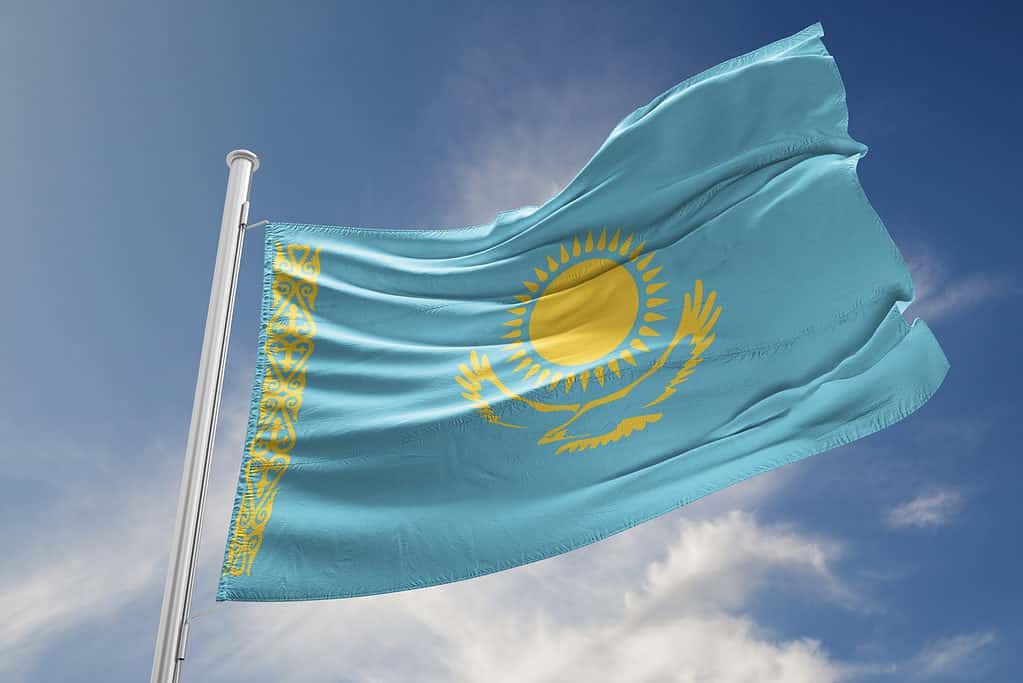
The soaring steppe eagle on Kazakhstan’s flag reflects the country’s desire to reach the peak of world civilization.
©iStock.com/HStocks
Kazakhstan holds its flag in high esteem, mainly because it symbolizes its identity and sovereignty. This flag was designed by Shaken Niyazbekov and was officially adopted in 1992.
Kazakhstan’s State Flag is a rectangular-shaped flag with a sky blue field and the sun’s image taking up the center position with a steppe eagle soaring beneath it. There’s also a vertical band along the flagstaff, which features the national ornamental patterns. The eagle, ornament, sun, and sun rays are all golden in color.
In heraldry, the sky-blue color represents fidelity, integrity, and honesty, but it doesn’t end there. This color plays a significant role in Turkic culture – ancient Turkic tribe members revered the sky as their god and used the sky-blue banner to represent their devotion to this god. Kazakhstan’s blue color also means peace, prosperity, and pure sky.
Also, in heraldry, the sun symbolizes abundance, wealth, life, and energy. Kazakhstan uses the sun to reaffirm its commitment to universal principles and is also a sign that the country is full of life and is ready to cooperate with other countries.
A steppe eagle usually represents power, generosity, and insight, and it’s a standard feature on most countries’ flags or coats of arms. A soaring steppe eagle symbolizes independence and sovereignty, a sustainable future, and an aspiration to high goals. This representation isn’t so different from Kazakhstan’s point of view, which sees the soaring steppe eagle as a sign of freedom and fidelity, as well as strength, purity of thoughts, and courage. It also reflects the country’s desire to reach the peak of world civilization.
Another feature of the flag is the vertical band with national ornamental patterns. This ornament is a telltale sign that the Kazakhs have a specific artistic view of the world which strictly aligns with the aesthetic styles of the people. It also represents Kazakhstan’s art and cultural traditions.
Up Next:
- Animals in Kazakhstan
- 6 Countries With Blue and Yellow Flags, All Listed
- The 10 Countries With the Most Lakes
- Every Flag In The World: Photos, History, and More
The photo featured at the top of this post is © iStock.com/Nuna Graphic
Sources
- , Available here: https://flagmakers.co.uk/buy-flags/kazakhstan/
- , Available here: https://www.akorda.kz/en/state_symbols/kazakhstan_flag
- , Available here: https://www.newworldencyclopedia.org/entry/Kazakhstan#History
- , Available here: https://www.studycountry.com/guide/KZ-history.htm
- , Available here: https://www.ducksters.com/geography/country.php?country=Kazakhstan
Thank you for reading! Have some feedback for us? Contact the AZ Animals editorial team.



